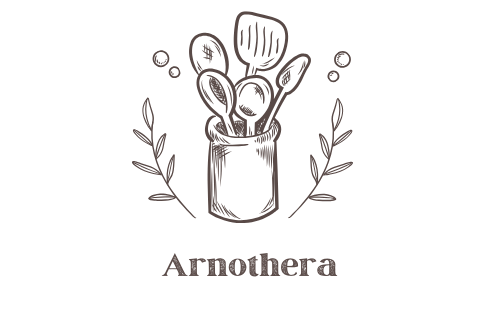Converting your 401(k) into a Gold IRA involves several steps and considerations. Here is a detailed explanation of the process:
1. Understand the Difference between a 401(k) and a Gold IRA:
A 401(k) is a retirement savings plan provided by employers that enables employees to allocate a portion of their income into the account before taxes are applied. It generally includes a range of traditional investment choices such as mutual funds or stocks. In contrast, a Gold IRA—formally referred to as a Precious Metals IRA—is a type of self-directed individual retirement account that permits the inclusion of tangible assets like gold, silver, platinum, or palladium, offering an alternative strategy for portfolio diversification and long-term wealth preservation.
2. Research and Select a Custodian:
A Gold IRA requires a custodian to hold and manage the physical metals on your behalf. It’s essential to research and choose a reputable custodian that specializes in precious metals IRAs. Look for custodians with a good track record, solid reputation, and reasonable fees. Some well-known custodians in the industry include Equity Trust Company, New Direction IRA, and Goldco.
3. Open a Gold IRA Account:
Contact the chosen custodian and follow their account opening procedure. You will need to complete the required paperwork, which may include an application form, custodial agreement, beneficiary designation, and disclosure documents. Provide the necessary personal information and follow any instructions provided by the custodian.
4. Fund Your Gold IRA Account:
There are two primary methods to fund a Gold IRA: rollover or transfer. You can either roll over funds from your existing 401(k) into the Gold IRA or initiate a direct transfer of funds. If you choose to roll over, request a distribution from your 401(k) plan administrator and receive a check made payable to your Gold IRA custodian. Make sure to complete the rollover process within 60 days to avoid tax penalties. If you opt for a direct transfer, instruct your 401(k) plan administrator to transfer the funds directly to your Gold IRA custodian.
5. Select Precious Metals:
Once your Gold IRA account is funded, you can work with your custodian to select the types and quantities of precious metals you want to include in your portfolio. The IRS has certain regulations regarding the types of metals that are eligible for inclusion, so ensure that you choose metals that comply with their guidelines. The custodian will help facilitate the purchase and storage of the precious metals.
6. Storage and Administration:
Unlike a traditional 401(k) where the employer usually handles the administration and storage of assets, in a Gold IRA, the custodian takes care of these responsibilities. They will arrange for secure storage of the precious metals in an approved depository on your behalf. The depository should meet specific standards for security and insurance to protect your investment.
7. Monitor and Manage Your Gold IRA:
Once your Gold IRA is established, it’s important to regularly review and monitor your investment. Keep track of the performance of the precious metals and make adjustments to your portfolio as needed. Stay informed about the market trends and seek professional advice if required.
Remember that the process of converting a 401(k) into a Gold IRA can involve tax implications and various regulations, so it’s advisable to consult with a financial advisor or tax professional who specializes in retirement accounts and precious metals investments to ensure you understand the specific details and potential consequences based on your individual circumstances.
